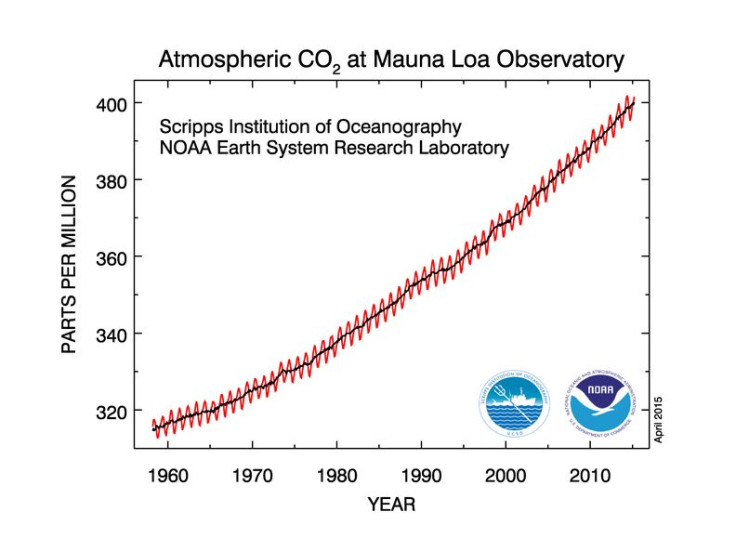Climate Change: Artificial Removal Of Atmospheric Carbon Dioxide May Do Little To Save The Oceans

“There is no plan B,” U.S. President Barack Obama said on Monday, while unveiling an ambitious plan to reduce domestic greenhouse gas emissions and mitigate the effects of climate change. Now, a new study -- which analyzed proposals to artificially suck out carbon dioxide from the atmosphere -- has backed Obama’s assertion, and reaffirmed the need to act before it’s “too late.”
“Artificial carbon dioxide removal (CDR) from the atmosphere has been proposed to reduce both risks to marine life ... this strategy would not work if applied too late,” researchers from the Potsdam Institute for Climate Impact Research in Germany said, in a statement released Monday, adding that even if an efficient geo-engineering measure -- currently being debated as a last resort -- to remove the carbon dioxide already present in the atmosphere is invented, it would not compensate for “soaring business-as-usual emissions throughout the century and beyond.”
In March -- for the first time since records began -- global carbon dioxide levels in the atmosphere passed 400 parts per million (ppm). The last time carbon dioxide levels were this high, humans did not exist.

Oceans, which are Earth’s largest and most diverse ecosystems, also act as massive carbon sinks, absorbing nearly half of all anthropogenic carbon dioxide from the atmosphere. However, this process results in a reduction of oceanic pH, which, in turn, destabilizes the delicate balance needed to maintain marine diversity.
The impact of ocean acidification are already visible. Researchers monitoring the health of coral reefs -- delicate marine biodiversity hotspots that grow in symbiosis with algae -- in the Pacific Ocean have sounded an alarm over widespread coral bleaching, which is an effect of warming and acidifying oceans.

“In a business-as-usual scenario of unabated emissions, even if the carbon dioxide in the atmosphere would later on be reduced to the preindustrial concentration, the acidity in the oceans could still be more than four times higher than the preindustrial level,” lead author Sabine Mathesius said, in the statement. “It would take many centuries to get back into balance with the atmosphere.”
The findings of the latest study were based on computer experiments that simulated different rates of carbon dioxide extraction from the atmosphere.
“Interestingly, it turns out that after business as usual until 2150, even taking such enormous amounts of carbon dioxide from the atmosphere wouldn’t help the deep ocean that much -- after the acidified water has been transported by large-scale ocean circulation to great depths, it is out of reach for many centuries, no matter how much carbon dioxide is removed from the atmosphere,” co-author Ken Caldeira said, in the statement.
However, despite this carbon dioxide being out of sight, it would continue to put immense pressure on marine life. It might even lead to a catastrophe similar to the “Great Dying,” which took place about 252 million years ago. Over 90 percent of all marine species and nearly 70 percent of terrestrial animals and plants disappeared during the mass extinction event, which was caused, at least in part, by ocean acidification.
“If we do not implement emissions reductions measures in line with the 2 degrees Celsius target in time, we will not be able to preserve ocean life as we know it,” Hans Joachim Schellnhuber, co-author and director of the Potsdam Institute, said, in the statement.
© Copyright IBTimes 2024. All rights reserved.






















